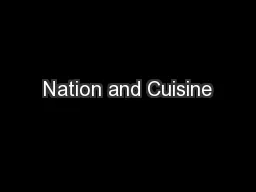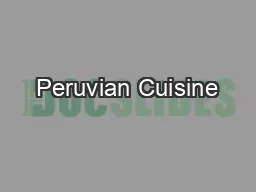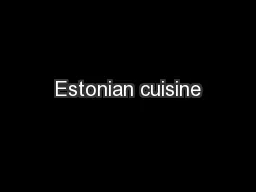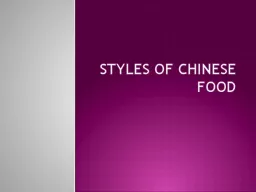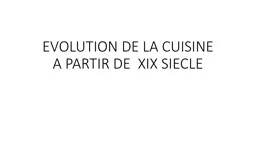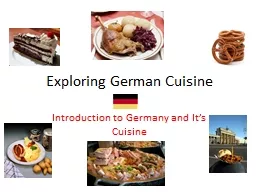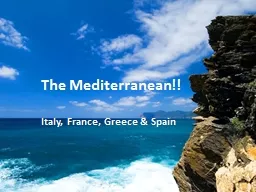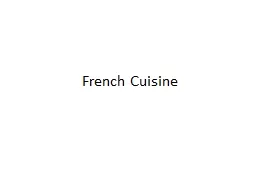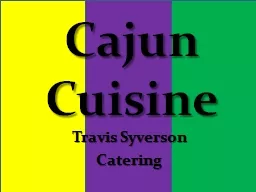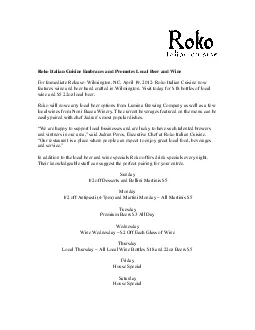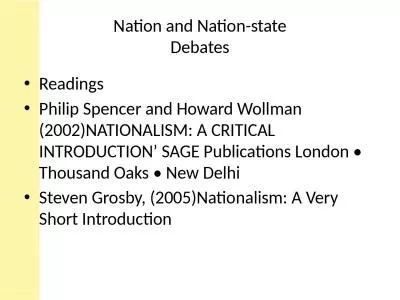PPT-Nation and Cuisine
Author : lindy-dunigan | Published Date : 2017-03-21
Catalan gastronomist Josep Plà A countrys cuisine is its landscape in a saucepan Manuel Payno El fistol del Diablo Novela de costumbres mexicanas 1859
Presentation Embed Code
Download Presentation
Download Presentation The PPT/PDF document "Nation and Cuisine" is the property of its rightful owner. Permission is granted to download and print the materials on this website for personal, non-commercial use only, and to display it on your personal computer provided you do not modify the materials and that you retain all copyright notices contained in the materials. By downloading content from our website, you accept the terms of this agreement.
Nation and Cuisine: Transcript
Download Rules Of Document
"Nation and Cuisine"The content belongs to its owner. You may download and print it for personal use, without modification, and keep all copyright notices. By downloading, you agree to these terms.
Related Documents

